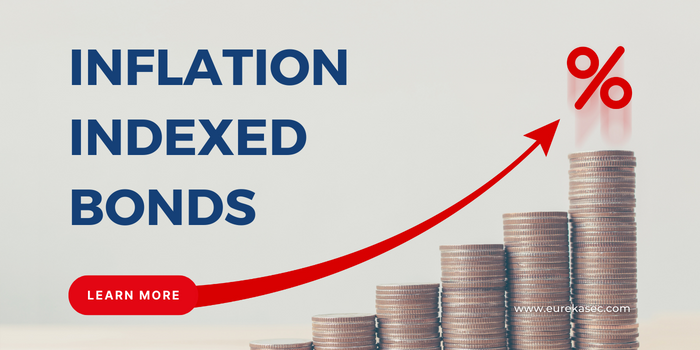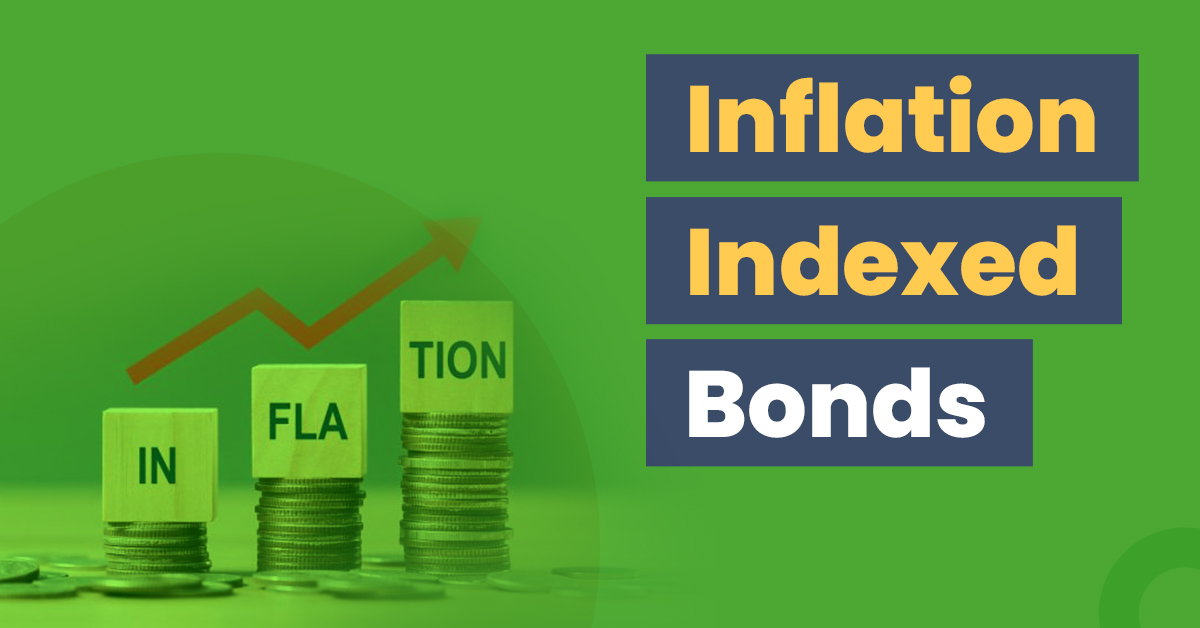Indexed Bonds The Pakistan: Inflation has the potential to erode the value of fixed-income investments, diminishing their purchasing power and reducing real returns over time. This effect holds true even in cases of relatively low inflation. To illustrate, if your investment portfolio yields 9% but faces a 3% inflation rate, your actual returns are approximately 6%.
A viable strategy to hedge against inflation risk is to consider inflation-Indexed Bonds The Pakistan. These financial instruments increase in value during periods of inflation, offering a safeguard for investors. Various countries, including the United States, India, and Canada, issue inflation-linked bonds, making them a popular choice for both individuals and institutions seeking long-term investment planning due to their ability to reduce uncertainty.
Key Points to Remember:
- Inflation-Indexed Bonds The Pakistan can act as a hedge against inflation by increasing in value during inflationary periods.
- Countries like the United States, India, Canada, and others issue inflation-linked bonds.
- TIPS (Treasury Inflation-Protected Securities) and similar global counterparts might not provide effective protection during deflationary periods.
- Inflation-linked bonds offer the added benefit of returns that do not correlate with stocks or other fixed-income assets.
Understanding Inflation-Indexed Bonds The Pakistan:
Inflation-linked bonds are linked to the costs of consumer goods, typically measured by an inflation index such as the Consumer Price Index (CPI). Each country follows its unique method of calculating these costs, with corresponding agencies responsible for issuing inflation-linked bonds. For example:

- In the United States, TIPS and I bonds are tied to the U.S. CPI and issued by the U.S. Treasury.
- In the United Kingdom, inflation-linked gilts are issued by the U.K. Debt Management Office, linked to the retail price index (RPI).
- The Bank of Canada issues the nation’s real return bonds, and Indian inflation-Indexed Bonds The Pakistan are issued through the Reserve Bank of India (RBI).
The principal of inflation-linked bonds generally rises with inflation, contrary to many other securities that decrease in value during inflationary periods. Additionally, the interest paid by these bonds is adjusted for inflation, mitigating the real impact of inflation on bondholders.
Historical Perspective:
Inflation-linked bonds originated during the American Revolution to counter the corrosive effects of inflation on consumer goods’ real value. While Massachusetts issued such bonds in 1780, they became more widespread after most countries abandoned the gold standard in the 1970s due to rising inflation. The U.K. pioneered modern inflation-linked bonds in 1981, followed by other countries like Sweden, Canada, and Australia. The U.S. Treasury and India joined later, with the former issuing inflation-indexed bonds in 1997.
In August 2023, Fitch Ratings downgraded the U.S. credit rating from AAA to AA+, citing concerns about fiscal deterioration and high national debt resulting from tax cuts and increased government spending.
Risks Associated with Inflation-Linked Bonds:
While inflation-linked bonds offer upside potential, they come with risks:
- Values may fluctuate with interest rates, and some, like TIPS, may not provide robust protection during deflation.
- Trading and taxation complexities arise due to the dual values of original face value and inflation-adjusted current value. Adjustments to the principal amount are considered annual income for tax purposes, leading to potential taxation on phantom income.
What Are Inflation-Linked Bonds?

Inflation-linked bonds, designed to shield investors from inflation, are fixed-income assets usually offered by federal governments. Indexed to inflation, these bonds see both principal investment and interest fluctuate with changes in the inflation rate, often tied to consumer goods and services price indices.
Current Rate for Inflation Bonds:
As of May 1, 2023, to Oct. 31, 2023, the rate for I bonds is 4.30%, including a fixed rate of 0.90%.
The Bottom Line:
Despite their intricacies and potential downsides in deflationary periods, inflation-linked bonds remain popular. They serve as a trusted investment to hedge against short-term inflation, countering its corrosive impact on returns. Furthermore, their returns’ lack of correlation with stocks and other fixed-income assets adds diversification to a balanced portfolio.



